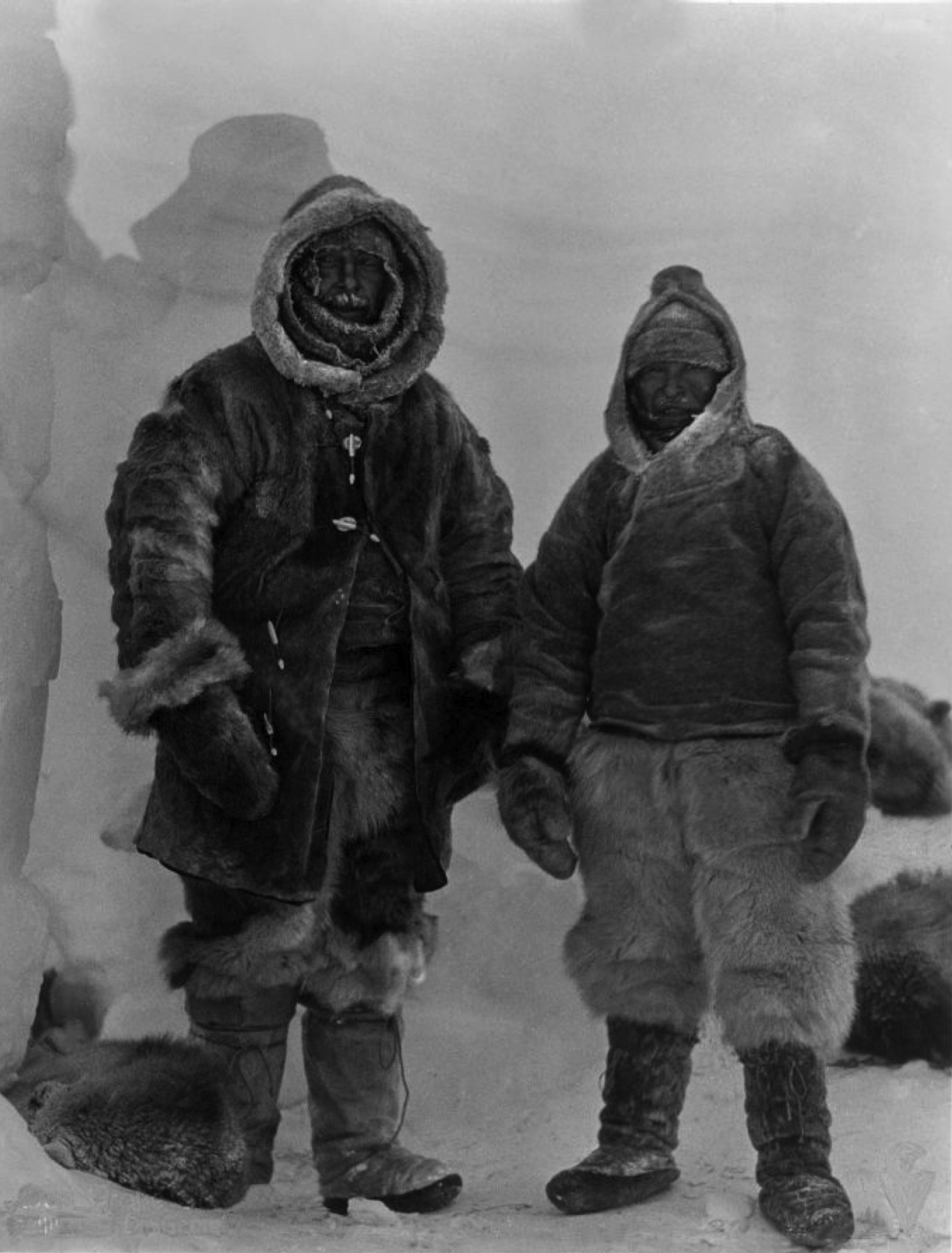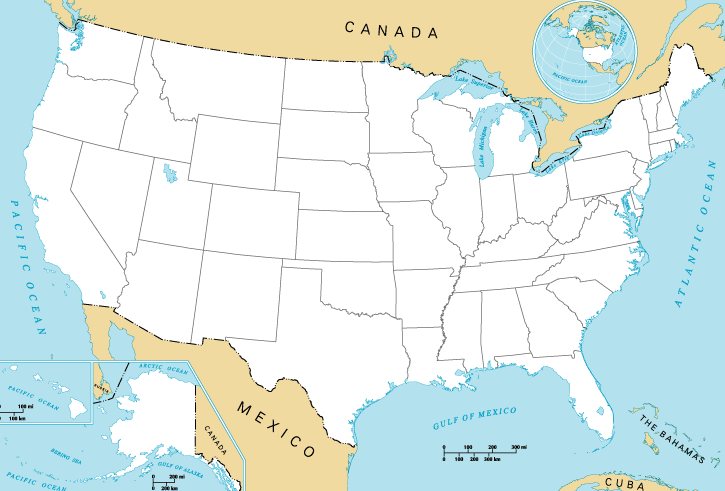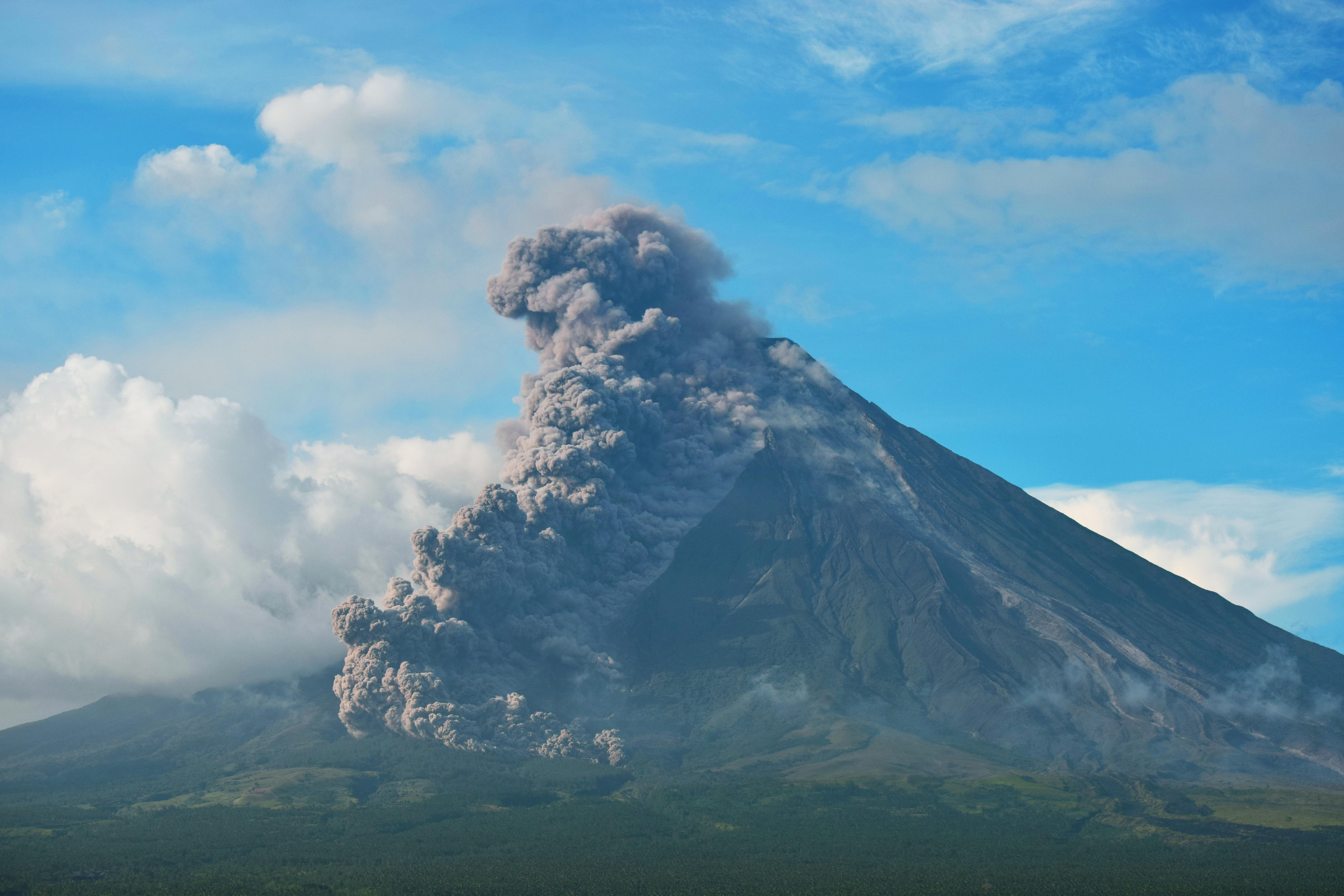|
1915 In Science
The year 1915 involved numerous significant events in science and technology, some of which are listed below. Astronomy * January – British physicist Sir Joseph Larmor publishes his observations on "The Influence of Local Atmospheric Cooling on Astronomical Refraction". * March 19 – Pluto is photographed for the first time but is not classified as a planet. * Albert Einstein, Einstein's new theory of general relativity is used to explain Mercury (planet), Mercury's strange motions that baffled Urbain Le Verrier. * Robert T. A. Innes, Robert Innes discovers Proxima Centauri, the closest star to Earth after the Sun. Chemistry * Alice Ball discovers how to make Chaulmoogra tree oil water-soluble, which makes it usable for patients with leprosy in Hawai'i. * Thomas Lyle Williams produces the mascara Maybelline. Earth sciences * May 22 – Lassen Peak, one of the Cascade Volcanoes in Northern California, erupts, sending an ash plume 30,000 feet in the air and devastating the ne ... [...More Info...] [...Related Items...] OR: [Wikipedia] [Google] [Baidu] |
Maybelline
Maybelline New York (formerly The Maybelline Company and Mabelline and Co.), trading as and commonly known as simply Maybelline ( ), is an American multinational cosmetics, skin care, perfume, and personal care company, based in New York City. Founded in Chicago in 1914, it has been a subsidiary of French cosmetics company L'Oréal since 1996. History The Maybelline Company was founded in Chicago by pharmacist Thomas Lyle Williams in 1915. Williams noticed his older sister Mabel applying a mixture of Vaseline and coal dust to her eyelashes to give them a darker, fuller look. He adapted it with a chemistry set and produced a product sold locally called Lash-Brow-Ine. Williams renamed his eye beautifier Maybelline in her honor. In 1917, the company produced Maybelline Cake Mascara, "the first modern eye cosmetic for everyday use", and Ultra Lash, the first mass-market automatic, in the 1960s. In 1967, the company was sold by Williams to Plough Inc. (now Schering-Plough) in Memp ... [...More Info...] [...Related Items...] OR: [Wikipedia] [Google] [Baidu] |
Mildred Hoge Richards
Mildred Albro Hoge Richards (July 7, 1885 September 6, 1968) was an American geneticist and zoologist who discovered, among other things, the gene responsible for development of the eye. Early life and education Mildred Hoge was born in Baltimore, Maryland, the daughter of James Thornton and Fanny Stead Hoge. Her brother, Joseph Franklin Dix Hoge, was four years older. Later in her life, in the 1950s, Hoge compiled genealogies of a couple branches of her family, focusing on the descendants of Samuel Hogg of Wilmington, Delaware, and the Kunkel family, of Frederick, Maryland. Hoge's education included an A.B. in zoology from Goucher College in 1908, and an M.A. from Columbia University in 1912. In that year, Hoge published perhaps her first academic paper examining punishment and reward as motivators in animal models. Career As World War I was getting under way, Hoge discovered a fly gene, which she called "eyeless", because a mutation in the gene resulted in the dramatic loss ... [...More Info...] [...Related Items...] OR: [Wikipedia] [Google] [Baidu] |
Ernst Stromer
Ernst Freiherr Stromer von Reichenbach (born on 12th of June, 1871 in Nürnberg, died on 18th of December, 1952 in Erlangen) was a German paleontologist best remembered for his expedition to Egypt, during which the discovery of the first known remains of ''Spinosaurus'' was made. Stromer described several discoveries made in Egypt, including a few dinosaurs from the Cretaceous period discovered in Egypt ('' Aegyptosaurus,'' ''Bahariasaurus'', and '' Carcharodontosaurus''), an enigmatic theropod (''Spinosaurus aegyptiacus'') and a giant crocodilian ('' Stomatosuchus''). In 1929 fossil bird genus ''Stromeria'' (now included in the genus ''Eremopezus'') were named in Stromer’s honour by Kálmán Lambrecht. Smith et al. (2001) also named the sauropod '' Paralititan stromeri'' in his honour. Many of the fossils discovered by Stromer were destroyed during World War II, leaving today’s scientists only a few photographs of the previously existing specimens to rely on. Biog ... [...More Info...] [...Related Items...] OR: [Wikipedia] [Google] [Baidu] |
Spinosaurus
''Spinosaurus'' (; ) is a genus of large spinosaurid theropod dinosaurs that lived in what now is North Africa during the Cenomanian faunal stage, stage of the Late Cretaceous Period (geology), period, about 100 to 94 annum, million years ago. The genus was known first from Egyptian remains discovered in 1912 and described by German paleontologist, palaeontologist Ernst Stromer in 1915 in paleontology, 1915. The original remains were destroyed in World War II, but additional material came to light in the early 21st century. It is unclear whether one or two species are represented in the fossils reported in the scientific literature. The type species ''S. aegyptiacus'' is mainly known from Egypt and Morocco. Although a potential second species, ''S. maroccanus'', has been recovered from Morocco, this nomen dubium, dubious species is likely a junior synonym of ''S. aegyptiacus''. Other possible junior synonyms include ''Sigilmassasaurus'' from the Kem Kem beds in Morocco and ... [...More Info...] [...Related Items...] OR: [Wikipedia] [Google] [Baidu] |
Theropod
Theropoda (; from ancient Greek , (''therion'') "wild beast"; , (''pous, podos'') "foot"">wiktionary:ποδός"> (''pous, podos'') "foot" is one of the three major groups (clades) of dinosaurs, alongside Ornithischia and Sauropodomorpha. Theropods, both extant and extinct, are characterized by hollow bones and three toes and claws on each limb. They are generally classed as a group of saurischian dinosaurs, placing them closer to sauropodomorphs than to ornithischians. They were ancestrally carnivorous, although a number of theropod groups evolved to become herbivores and omnivores. Members of the subgroup Coelurosauria and possibly some other or all theropods were covered in feathers. In the Jurassic, birds evolved from small specialized coelurosaurian theropods, and are currently represented by about 11,000 living species, making theropods the only group of dinosaurs alive today. Theropods first appeared during the Carnian age of the late Triassic period ... [...More Info...] [...Related Items...] OR: [Wikipedia] [Google] [Baidu] |
Pangea
Pangaea or Pangea ( ) was a supercontinent that existed during the late Paleozoic and early Mesozoic eras. It assembled from the earlier continental units of Gondwana, Euramerica and Siberia (continent), Siberia during the Carboniferous period approximately 335 million years ago, and began to break apart about 200 million years ago, at the end of the Triassic–Jurassic extinction event, Triassic and beginning of the Jurassic. Pangaea was C-shaped, with the bulk of its mass stretching between Earth's northern and southern polar regions and surrounded by the superocean Panthalassa and the Paleo-Tethys Ocean, Paleo-Tethys and subsequent Tethys Oceans. Pangaea is the most recent supercontinent to have existed and was the first to be reconstructed by geologists. Origin of the concept The name "Pangaea" is derived from Ancient Greek ''pan'' (, "all, entire, whole") and ''Gaia (mythology), Gaia'' or Gaea (, "Mother goddess, Mother Earth, land"). The first to suggest that the con ... [...More Info...] [...Related Items...] OR: [Wikipedia] [Google] [Baidu] |
Theory
A theory is a systematic and rational form of abstract thinking about a phenomenon, or the conclusions derived from such thinking. It involves contemplative and logical reasoning, often supported by processes such as observation, experimentation, and research. Theories can be scientific, falling within the realm of empirical and testable knowledge, or they may belong to non-scientific disciplines, such as philosophy, art, or sociology. In some cases, theories may exist independently of any formal discipline. In modern science, the term "theory" refers to Scientific theory, scientific theories, a well-confirmed type of explanation of nature, made in a way Consistency, consistent with the scientific method, and fulfilling the Scientific theory#Characteristics of theories, criteria required by modern science. Such theories are described in such a way that scientific tests should be able to provide Empirical evidence, empirical support for it, or Empirical evidence, empirical contradi ... [...More Info...] [...Related Items...] OR: [Wikipedia] [Google] [Baidu] |
Alfred Wegener
Alfred Lothar Wegener (; ; 1 November 1880 – November 1930) was a German climatologist, geologist, geophysicist, meteorologist, and polar researcher. During his lifetime he was primarily known for his achievements in meteorology and as a pioneer of polar research, but today he is most remembered as the originator of continental drift hypothesis by suggesting in 1912 that the continents are slowly drifting around the Earth (German: '). His hypothesis was not accepted by mainstream geology until the 1950s, when numerous discoveries such as palaeomagnetism provided strong support for continental drift, and thereby a substantial basis for today's model of plate tectonics. Wegener was involved in several expeditions to Greenland to study polar air circulation before the existence of the jet stream was accepted. Expedition participants made many meteorological observations and were the first to overwinter on the inland Greenland ice sheet and the first to bore ice cores o ... [...More Info...] [...Related Items...] OR: [Wikipedia] [Google] [Baidu] |
Contiguous United States
The contiguous United States, also known as the U.S. mainland, officially referred to as the conterminous United States, consists of the 48 adjoining U.S. states and the District of Columbia of the United States in central North America. The term excludes the only two non- contiguous states and the last two to be admitted to the Union, which are Alaska and Hawaii, and all other offshore insular areas, such as the U.S. territories of American Samoa, Guam, the Northern Mariana Islands, Puerto Rico, and the U.S. Virgin Islands. The colloquial term ''Lower48'' is also used, especially in relation to Alaska. The term The Mainland is used in Hawaii. The related but distinct term ''continental United States'' includes Alaska, which is also on North America, but separated from the 48 states by British Columbia in Canada, but excludes Hawaii and all the insular areas in the Caribbean and the Pacific. The greatest distance on a great-circle route entirely within the contiguous U.S. i ... [...More Info...] [...Related Items...] OR: [Wikipedia] [Google] [Baidu] |
Lahar
A lahar (, from ) is a violent type of mudflow or debris flow composed of a slurry of Pyroclastic rock, pyroclastic material, rocky debris and water. The material flows down from a volcano, typically along a valley, river valley. Lahars are often extremely destructive and deadly; they can flow tens of metres per second, they have been known to be up to deep, and large flows tend to destroy any structures in their path. Notable lahars include those at Mount Pinatubo in the Philippines and Nevado del Ruiz in Colombia, the latter of which killed more than 20,000 people in the Armero tragedy. Etymology The word ''lahar'' is of Javanese language, Javanese origin. Berend George Escher introduced it as a geological term in 1922. Description The word ''lahar'' is a general term for a flowing mixture of water and pyroclastic debris. It does not refer to a particular rheology or sediment concentration. Lahars can occur as normal stream flows (sediment concentration of less than 30%), ... [...More Info...] [...Related Items...] OR: [Wikipedia] [Google] [Baidu] |
Pyroclastic Flow
A pyroclastic flow (also known as a pyroclastic density current or a pyroclastic cloud) is a fast-moving current of hot gas and volcanic matter (collectively known as tephra) that flows along the ground away from a volcano at average speeds of but is capable of reaching speeds up to . The gases and tephra can reach temperatures of about . Pyroclastic flows are the deadliest of all volcanic hazards and are produced as a result of certain explosive eruptions; they normally touch the ground and hurtle downhill or spread laterally under gravity. Their speed depends upon the density of the current, the volcanic output rate, and the gradient of the slope. Origin of term The word ''pyroclast'' is derived from the Greek (''pýr''), meaning "fire", and (''klastós''), meaning "broken in pieces". A name for pyroclastic flows that glow red in the dark is (French, "burning cloud"); this was notably used to describe the disastrous 1902 eruption of Mount Pelée on Martinique, a Frenc ... [...More Info...] [...Related Items...] OR: [Wikipedia] [Google] [Baidu] |







